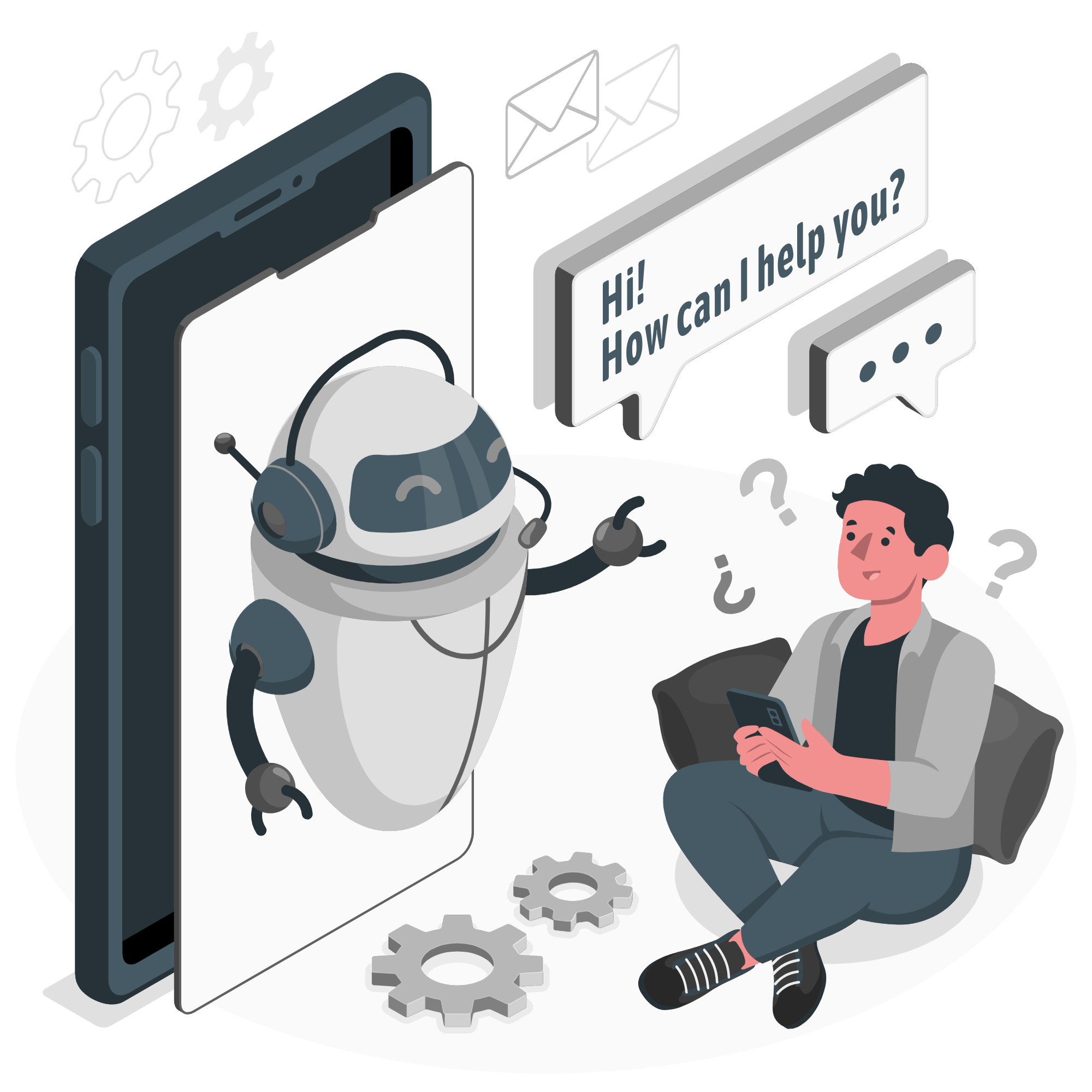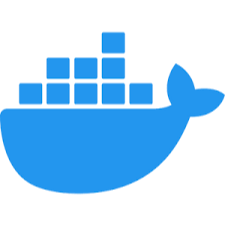This project aimed to develop a generative AI-powered chat assistant tailored to support autistic children in their social and communication development. The assistant was designed to provide personalized, empathetic interactions while offering parents and therapists actionable insights into a child’s progress. Using cutting-edge generative AI technologies and behavioral psychology frameworks, the solution empowered children to practice social skills, reduce anxiety, and enhance overall well-being.













